Biffs, controversy and the Vietnam War — South Australia sport in 1969
The shadow of the Vietnam War loomed large over the SA sporting scene in 1969 — yet despite the biffs and controversy, it was still a year where footy and cricket reigned supreme.
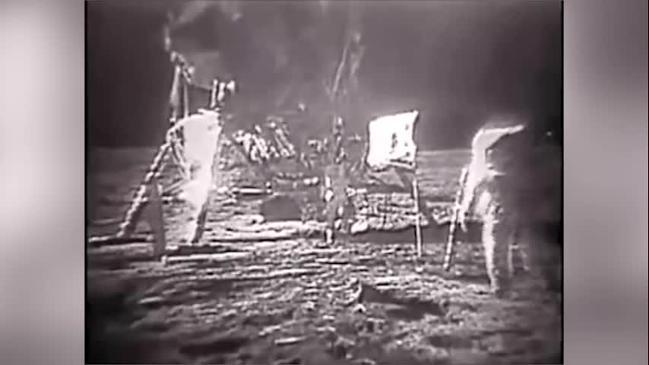
The South Australian sporting landscape of 1969 was relatively barren.
Games were played in black and white and there was very little media interest shown in women’s sports.
Even though South Australians could choose from a multitude of sports to play, the media focus of the day was invariably on cricket in the summer months and football in the winter. Horse racing, that passion of both aristocrats and commoners, was a constant.
Despite the depressing shadow of the Vietnam War, we were enthusiastic participants and spectators of our chosen sports and there was a keen anticipation of the Saturday afternoon contests.
District cricket was played across both days of the weekend but it was unthinkable that football could be played on a Sunday, let alone under lights on a Friday or Saturday night.
There was a distinct separation of the cricket and football seasons and most young men were able to play both.
More than a few played league football and state cricket in the same year.
Football stars like Lindsay Head, John Halbert and a young Barrie Robran were also dominant cricketers and a couple of the glamour full-forwards of the era, Eric Freeman and Neil Hawke, had been able to combine Test cricket with their significant SANFL careers.
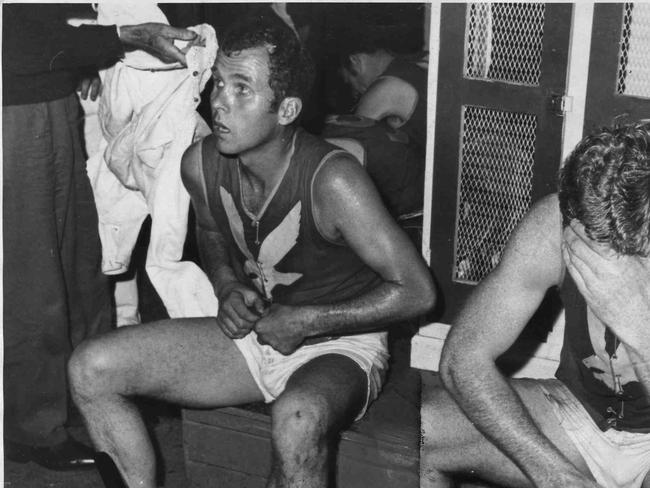
In January of 1969 the West Indies, led by the great Sir Garfield Sobers played the fourth Test match against Australia on Adelaide Oval across the Australia Day weekend.
Sobers had a strong connection with South Australia, having played in the Sheffield Shield competition for three seasons, captivating cricket fans with his prodigious talent and helping South Australia win the Shield in the 1963-64 season.
Unfortunately, while Sobers did score 110 and 52 in this match, his leadership of a declining West Indies team was much criticised.
The Test match ended in a draw but it does hold a unique record for the highest match aggregate (1764 runs) without a partnership of 150 runs or more and no wides being bowled! Predictably, Australia won the series 3-1.
It was a great year for South Australian cricket.
Led by Ian Chappell we won the Sheffield Shield and an elegant, emerging champion by the name of Greg Chappell topped the state’s batting aggregate with 642 runs at an average of 53.50.
Off-spinner Ashley Mallett was the most successful bowler taking 29 wickets at an average of 19.55.
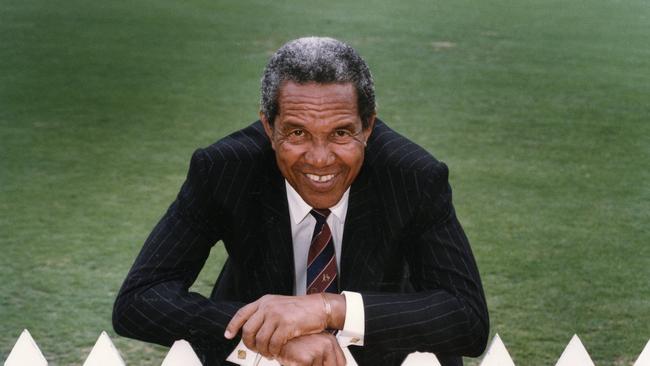
Football dominated the Advertiser sporting pages in the winter months of 1969.
It was a season in which Glenelg, led by legendary playing coach Neil Kerley, loomed as a genuine contender.
Its champion full forward Fred Phillis surpassed Ken Farmer’s long-standing goal kicking record of 134 goals by three and at that time became the only full-forward to win the Magarey Medal.
The Tigers won the first 11 games of the season and by the end of the minor round were league leaders, two games clear of the reigning premier Sturt.
Incredibly, neither Norwood or Port Adelaide featured in the final four in 1969.
West Adelaide and West Torrens finished in third and fourth place respectively and played out a rare draw in the first semi-final.
With no provision for extra time, the match was replayed the following week with West Adelaide eventually prevailing.
Sturt, under the coaching genius of Jack Oatey was at the zenith of its greatest era and comfortably accounted for Glenelg in the second semi-final, then in the grand final two weeks later, thrashed them by 65 points before a crowd of 55,600.
The grand final was not without its controversy as Glenelg paid Richmond champion Royce Hart $2000 to play in the SANFL grand final.
Hart, a national serviceman based at Woodside, who the previous week had played for the victorious Richmond in the VFL grand final was eligible under the National Service Act to play for different clubs in different states without a clearance.
Ironically he was accidentally knocked out in the first quarter and while he recovered to be one of Glenelg’s better players, he made little difference to the eventual result.
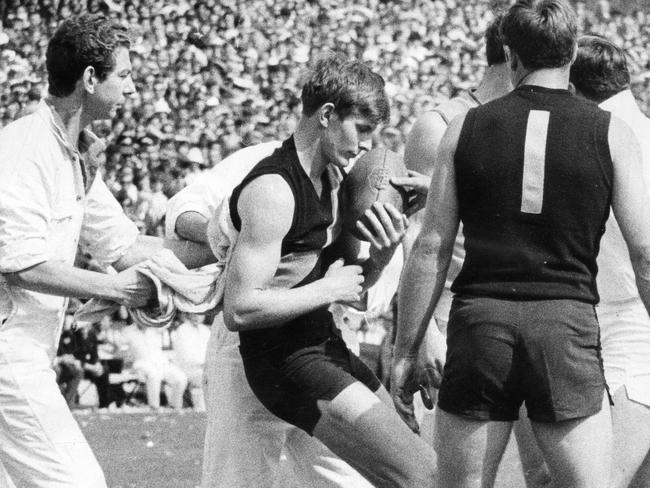
A highlight of the 1969 SANFL football season was the 17th Australian National Football Carnival in which the four major football states, SA, Victoria, Tasmania and Western Australia competed in a pageant of Australian football for the title of national champion.
Over the course of 8 days on Adelaide Oval, South Australia beat both Western Australia and Tasmania but was no match for Victoria in the final.
Nevertheless, five South Australians: John Cahill, Brian Colbey, Peter Darley, Rick Schoff and Graham Molloy were selected in the all-Australian team.
Additionally, Molloy, Norwood’s star ruck-rover, tied with Western Australia’s Peter Eakins for the Tassie Medal which is awarded to the best player in a national Australian football carnival.
Among the many women’s sports the most popular was netball, although in 1969 it was still called “basketball”.
The girls called it “seven-a-side” to distinguish it from the American five-a-side game, which was also extremely popular among both men and women.
They played on open-air asphalt courts that shifted under foot and melted in the heat. Built on an old rubbish dump in the south-western corner of the parklands, Edwards Park still exists.
In much better condition these days it is still a hive of weekend netball activity.
The top four A-grade netball teams in 1969 were Ferryden Park, and the strangely named Cheerio, Tango and Contax.
South Australia was a dominant netball state and three South Australian girls, Bronwyn Bennett, Carol White and Margaret Deering were members of the Australian team which toured New Zealand for a victorious three match Test series.
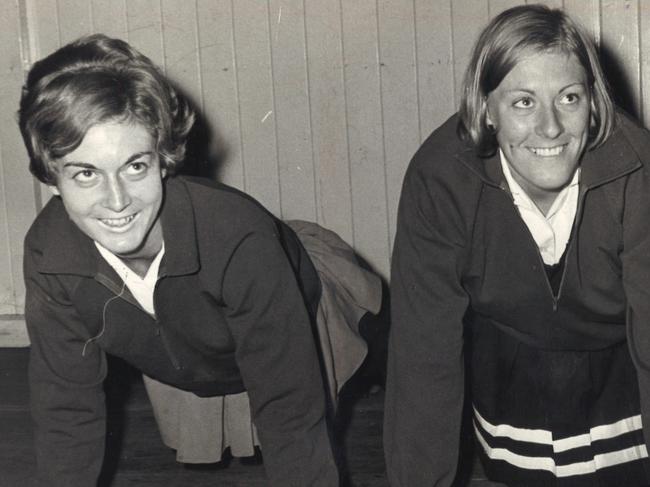
Soccer was a passion among the immigrant communities and the competitions consisted of teams which reflected the ethnic origins of their members.
Names like Hellas, Croatia, Juventus, Azzuri, Budapest and Polonia, among others, left no doubt where patriotic loyalties lay.
The sport lost something when they abolished those old names.
In 1969, there were very few sports you couldn’t play but there were few, if any professional sportsmen.
First class cricketers were paid a pittance and even the high profile league footballers played more for love than any financial motive.
Sport was local and distinctly tribal.
Volunteers gave their time freely and the local heroes moved comfortably among their devoted fans.
It’s different now.
Professionalism and the enormous sums of money have widened the gap between them and us, and eroded the entirety of many sports.
They’re great players and great athletes but there’s something missing.
It’s called a sense of belonging. Of course things change over the course of 50 years, but there was a lot to like about 1969.
GRAHAM CORNES
Graham Cornes played 317 games for Glenelg between 1967 and 1982.
In 1968 he was drafted under the National Service Act and in 1969 he was posted to Holsworthy in NSW to the Seventh Battalion of the Royal Australian Regiment, which was in full training for its deployment to South Vietnam.
On some weekends when he had leave he was able to return home and play for Glenelg. When the moon landing took place, 7RAR was on operation in the Blue Mountains; its soldiers huddled around the platoon radio to hear the commentary of the momentous occasion. He was given special leave from the unit’s Jungle Training Course at Canungra to play in the 1969 grand final, flew in on Friday night and was required to leave immediately after the match and return to Canungra.
He served in Vietnam for most of 1970 but returned in time to play in the grand final, which Glenelg again lost to Sturt.
In 2012 he was inducted into the Australian Football Hall of Fame.
